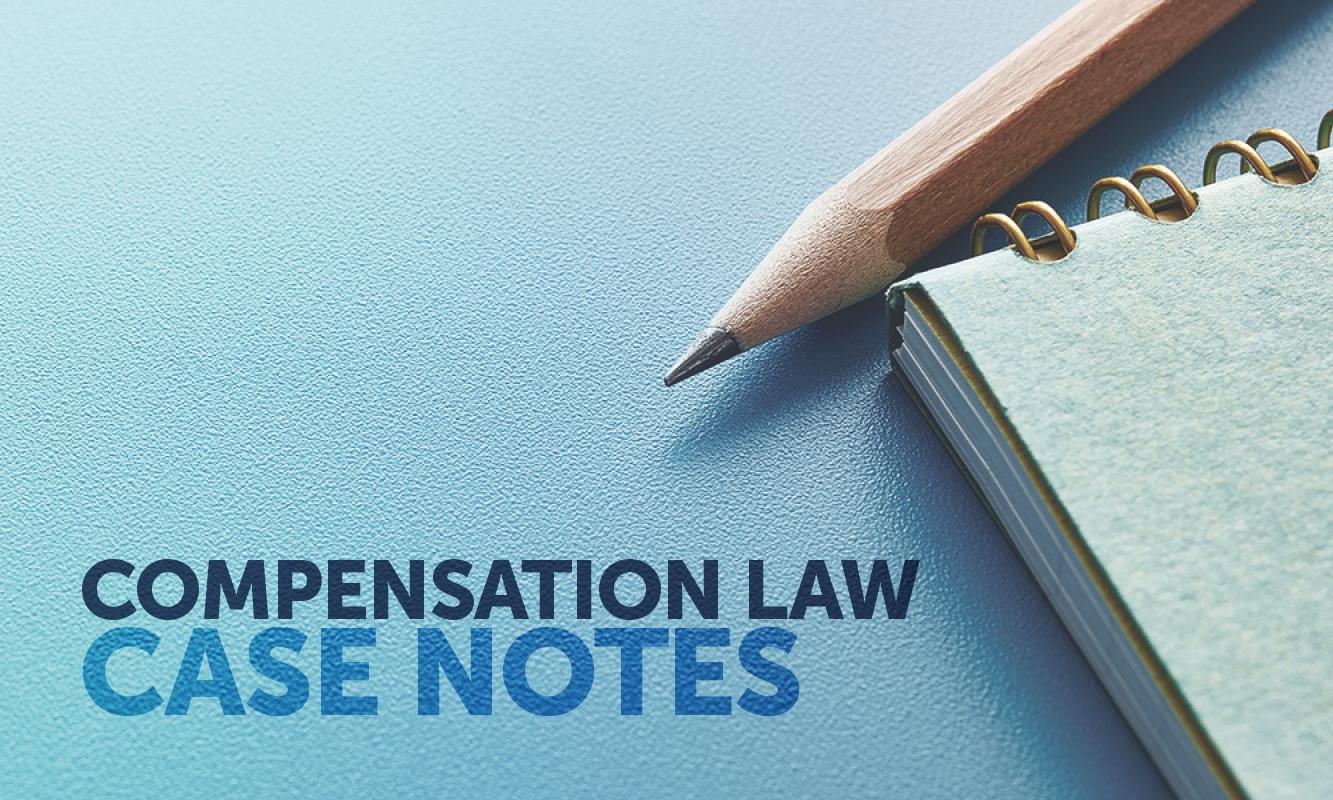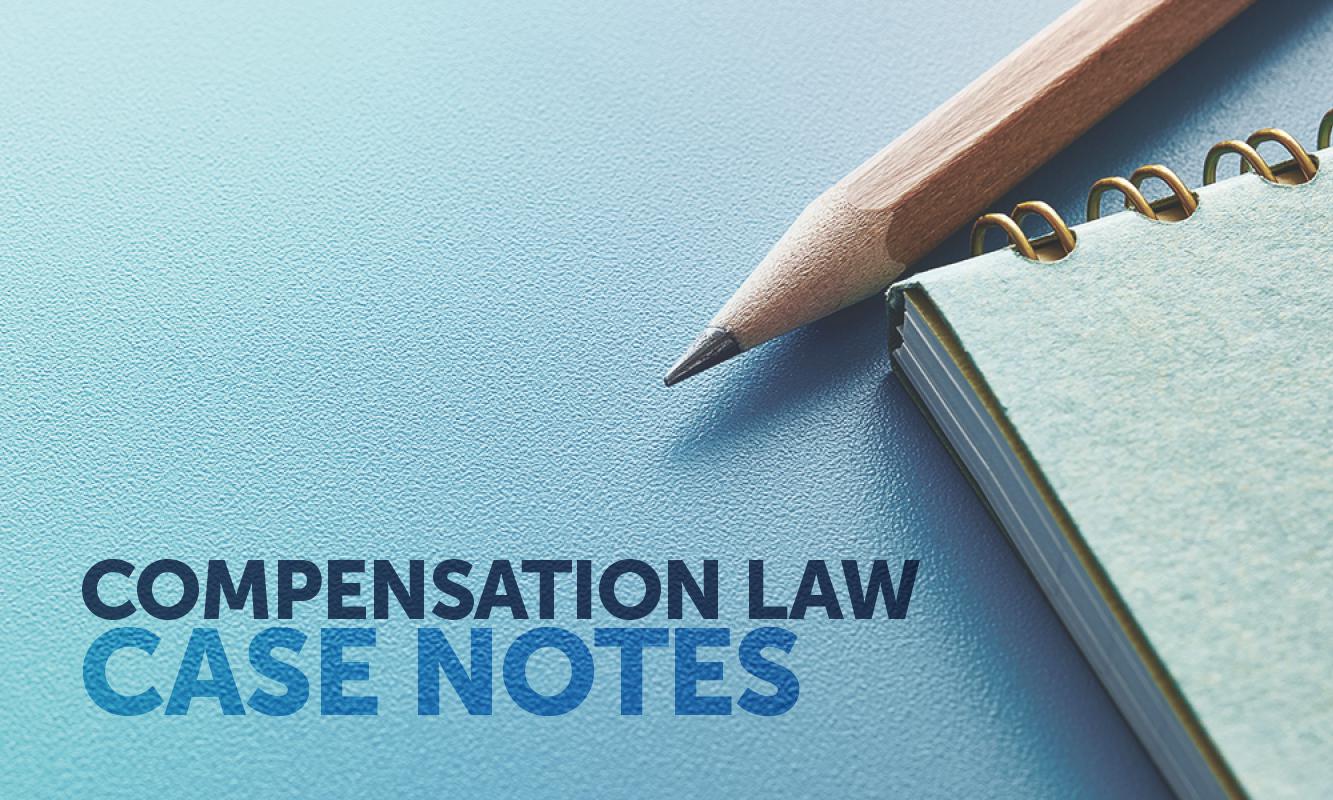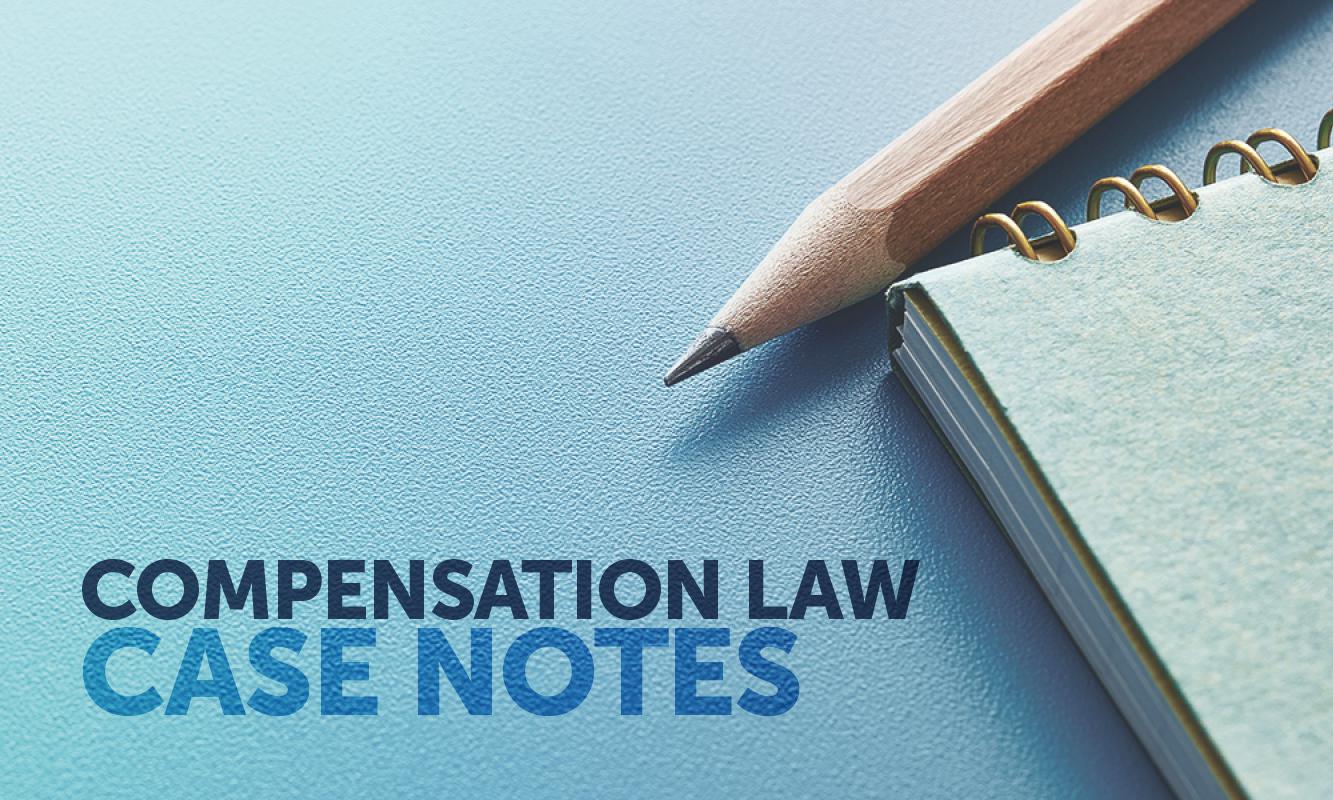In Victorian Legal Services Commissioner v Tan,1 the Supreme Court of Victoria considered the recommendation of the Victorian Civil and Administration Tribunal (VCAT) that Ke Yuan Tan (the respondent) be removed from the roll.
Background
The respondent was admitted as a legal practitioner in Victoria in 2014. He was employed as a solicitor in Wayne Wong & Associates from October 2014 until January 2017.2
On October 2018, VCAT considered three episodes of dishonest conduct that led to its recommendation (and referral to the court) to have the respondent struck from the roll.3
Issues
Episodes 1 and 2
The first episode involved the respondent misleading the vendor’s solicitor by his failure to lodge a liquor licence within the requisite amount of time. Instead of admitting his mistake, the respondent made false representations to the vendor’s solicitor that the liquor licence had been approved “in order to secure settlement”.4
In relation to episode 2, the Victorian Commission for Gambling and Liquor Regulation rejected the respondent’s application for a liquor licence. Consequently, the respondent went to great lengths to create a fraudulent liquor licence.5
The respondent eventually admitted his wrongdoing to his principal, Mr Wong. At this point, he surrendered his practising certificate and provided an undertaking to the Victorian Legal Services Commissioner not to continue employment at any law firm.6
Episode 3
Notwithstanding the respondent’s undertaking, he remained working at the firm as a ‘volunteer paralegal’ and took carriage of a matter which required him to make a claim for compensation on behalf of a client for $180,000.7 The matter was under the supervision of Mr Wong. However, the respondent failed to file the required documentation8 and lied to the client about the progress of the claim on multiple occasions.9
Following the client’s queries on the claim’s progress, the respondent drew a cheque from his personal account totalling $15,00010 and another $165,000 from the firm’s trust account which included a forged signature of Mr Wong’s to deposit to the client.11 When confronted by Mr Wong about the trust account discrepancy, Mr Tan denied any knowledge of it. Mr Wong requested that the respondent contact the client seeking a return of the funds.12
The respondent fraudulently purported to be the client, created a false email account and dishonestly corresponded with Mr Wong advising that the bank cheque had been returned.13
As a result of his wrongdoings, the practitioner was charged with theft and obtaining a financial advantage by deception, and convicted on both accounts.14
Issues considered
The court found that central to the respondent’s actions were “several egregious failures to discharge [the] cardinal duty [of honesty] he owed to fellow practitioners, the regulatory body and his supervising principal”.15
The court noted the respondent’s actions were extensive and calculated, and further escalated. The court found that, instead of taking the opportunity to rehabilitate himself, the respondent “not only persisted in behaving in a manner which was manifestly inconsistent with his professional duties, but the flagrancy of his misconduct increased”.16
An unusual feature of the case was that no personal benefit was gained by the respondent, rather it appeared that his dishonest actions were driven by the desire to avoid embarrassment for his mistakes.17
Due to the respondent’s lack of insight into his misconduct and failure to take steps to rehabilitate, the court found no evidence that the respondent would not engage in such conduct again.18 As such, the court ordered that he be removed from the roll of practitioners.19
Janelle Linato is a law student in the QLS Ethics and Practice Centre. Article approved by Grace van Baarle, Manager and Ethics Solicitor, QLS Ethics and Practice Centre.
Footnotes
1 [2021] VSC 692 (Tan).
2 Ibid [1].
3 Ibid [2].
4 Ibid [16].
5 Ibid [23]-[24].
6 Ibis [30].
7 Ibid [36].
8 Ibid [37].
9 Ibid [38]-[39].
10 Ibid [40].
11 Ibid [42].
12 Ibid [44]-[45].
13 Ibid [46]-[47].
14 Ibid [53-54].
15 Tan (n1) 56.
16 Ibid [57].
17 Ibid [59].
18 Ibid [62].
19 Ibid [3].














Share this article